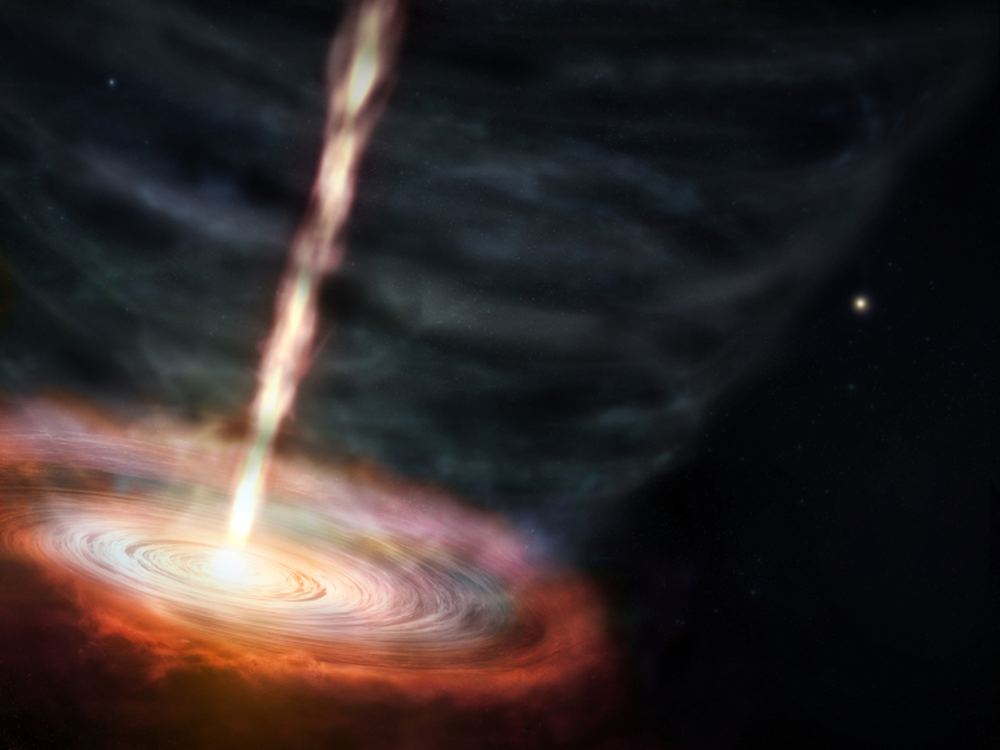MWC 349A is a star about 3,900 light-years away in the constellation Cygnus. It’s huge, about 38 times as massive as the Sun. It’s actually a binary star and may even be a triple star. It’s an oddball and one of the brightest sources of radio emission in the sky.
One of the star’s unusual features is its natural maser. MWC 349A’s natural maser played a central role in a new discovery: the young star emits a blistering jet of material travelling at 500 km/sec (310 m/sec.) That discovery could help astronomers understand massive stars and their complexity.
Continue reading “This Star is Blasting Out a Concentrated Jet of Material at 500 km/s”

